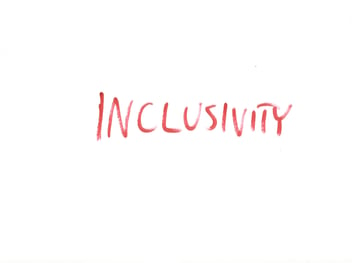Toda y we talk about the second value of the chosen 10 which I think can contribute to building a strong, more adaptable and innovation-boosting company’s culture. Since I said that, I should mention a significant exclusion/disclaimer about this statement – please read it in the introduction article about the values . This article is a part of a series: How to adapt quickly in a rapidly changing environment?
y we talk about the second value of the chosen 10 which I think can contribute to building a strong, more adaptable and innovation-boosting company’s culture. Since I said that, I should mention a significant exclusion/disclaimer about this statement – please read it in the introduction article about the values . This article is a part of a series: How to adapt quickly in a rapidly changing environment?
I often ask senior managers: how often do you see the client/customer by yourself? Depending on the industry and size of the company, the answer will vary. Quite often the answer is “Well, now? Not very often”. So, the great following questions are: Who sees your clients on a daily basis? Who is more important for your clients: you or the person who deals with them day to day? Who has more impact on their customer experience? Who is the best person to ask or to work with if you want to improve customer service? How do you collaborate with them to get an insight? How do you involve them in customer service improvement?
This way of thinking touches every single area of an organisation. I’m pretty sure, if you have expanded your business, you will have found that you can’t be everywhere. You can’t control everything (a separate question is, do you really need to?), you can’t always find the best ideas and the best solutions. If you are developing your business, you will realise this pretty soon.
How do you make use of the potential of people in your company, when it comes to making decisions or finding solutions?
Who is the most aware of every-day blockers in the processes of your company? Is it the senior manager or the person who deals with this process day by day, 8 hours per day? So why not ask, or even allow/facilitate teams to sort out their problems?
The trick is, you want to develop this value you need to set boundaries and create a system of working on the development of new ideas; for example, decision making systems – how are they made or passed to others? How are they formalised? How they are reported to higher ranks? (Sorry, an “open doors policy” is not enough).
A systemic way of developing this value will solve some of the people related challenges in your team, in a productive way.
For the next few weeks, I will publish a weekly article and video about a value from this list. I will share case studies and examples, to illustrate how these values can help you build a better culture for your company.
Sign up for the newsletter to avoid missing an update!




